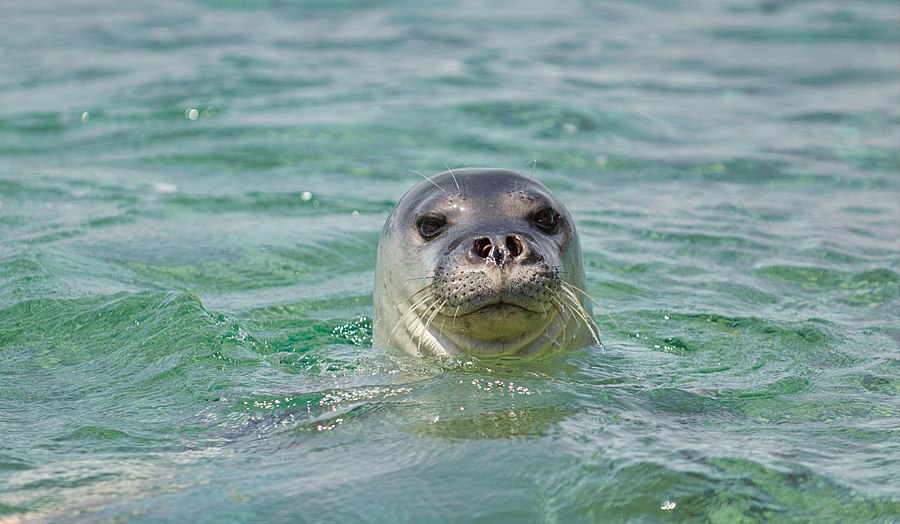Facts About Mediterranean monk seal
The Mediterranean monk seal, belonging to the Phocidae family, is one of the rarest seals on the planet, with fewer than 700 individuals remaining in scattered populations throughout the Mediterranean. These seals can reach up to 2.4 meters in length and weigh between 240 and 400 kilograms, living as long as 45 years. Their diet primarily consists of fish and mollusks, which they hunt at depths of up to 250 meters.
Historically, monk seals utilized open beaches for breeding. However, human activities have driven them to seek refuge in inaccessible underwater caves. Their numbers have significantly declined due to commercial hunting, fishermen killing them, coastal development, and pollution. They are currently classified as endangered, with most individuals found in the Aegean Sea and the Cabo Blanco area of the Atlantic Ocean.
Fortunately, various organizations and governments, particularly in Greece and Turkey, are making concerted efforts to save the Mediterranean monk seal. Initiatives include the establishment of marine protected areas, the protection of essential haul-out sites, and public education campaigns. The species is also safeguarded under the Convention on Migratory Species of Wild Animals, with specific agreements aimed at their conservation.
There have been promising signs, with recent sightings indicating a slow recovery in certain areas. However, the Mediterranean monk seal continues to face significant challenges, including habitat loss, human disturbances, and low genetic diversity. Continuous conservation efforts and vigilant monitoring are crucial to ensuring the survival of this endangered species.

 Montenegro
Montenegro